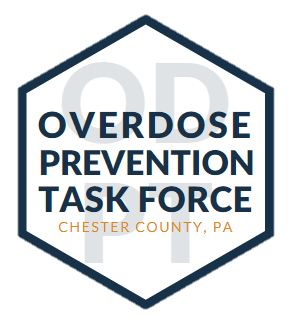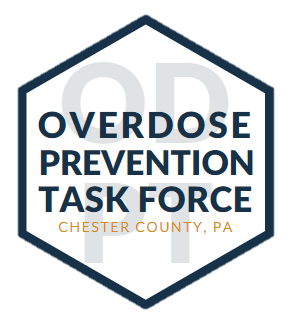Opioids
Opioids are a type of drug which can be used to reduce pain. Opioids are also called narcotics or opiates. Some opioids are legal and others are illegal.
Legal opioids are drugs prescribed by doctors to treat moderate to severe pain. Examples:
Oxycodone (such as OxyContin)
Combination medications containing opioids (such as Vicodin or Percocet)
Illegal opioids are street drugs or prescription pain medication not prescribed to the user. Examples:
Any of the above drugs not prescribed to the user
Heroin
Fentanyl
For common drug terms and nicknames, see our Drug Dictionary.
Prescription drug misuse
Prescription drug misuse is any use of a prescription drug outside of the way it was prescribed, such as using without a prescription, using for the experience or feeling it causes, and selling or sharing the medication. Some signs of misuse are:
Taking more pills than prescribed
Taking doses too early
Using someone else’s prescription drugs
Using for reasons other than the intended use
Substance use disorder
Substance use disorder is a pattern of use or misuse leading to significant impairment or distress. Some signs of opioid use disorder are:
Using a prescription drug to “get high”
Unable to control or cut down use
Taking in larger amounts or for longer than intended
Developing tolerance or having withdrawal
Unable to do what you are supposed to do for work, family, or school due to opioid use
If your doctor prescribes you an opioid:
Follow your doctor’s and pharmacist’s recommendations
Ask your doctor or pharmacist any questions you have about your prescription
Do not share your prescription with anyone else
Do not take more than what is prescribed
Do not combine with any other drug or alcohol
Get rid of unneeded or unused medication at any medication collection box.
It is important to remember that everyone reacts differently. If you have concerns, talk to your doctor.


